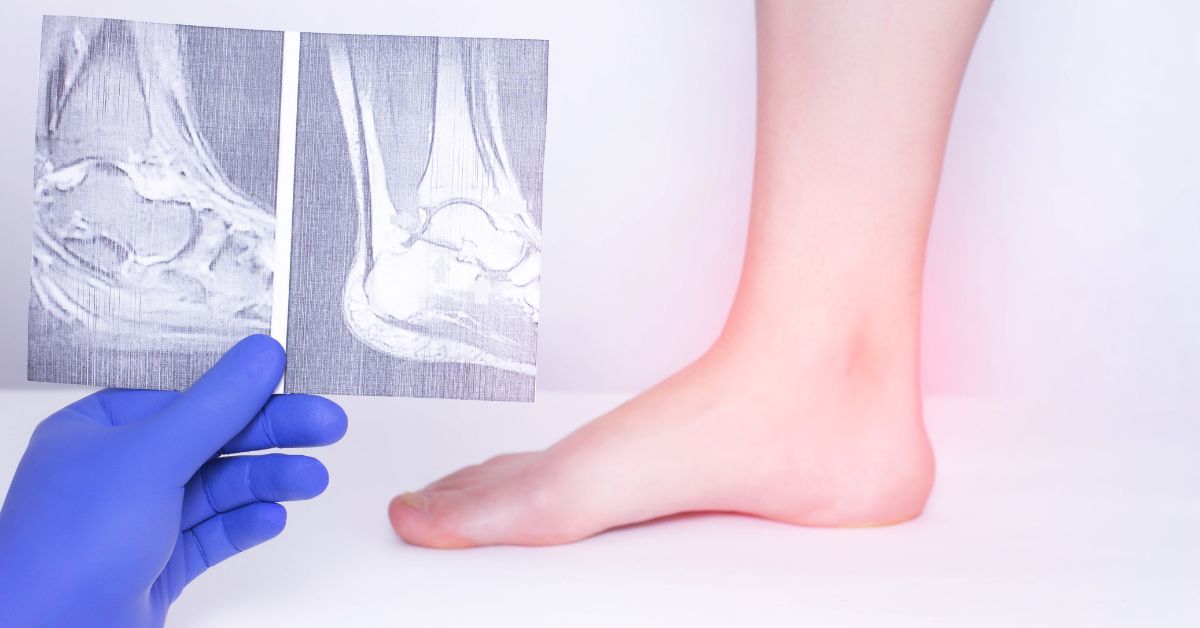Reactive Arthritis – Symptoms, Causes and Treatment


Reactive arthritis, also known as Reiter syndrome, is a spondyloarthropathy characterized by conjunctivitis, urethritis and arthritis. Reactive arthritis is triggered by an infection in another part of the body, most often the intestines, genitals or the urinary tract. Early detection of the disease is critical for early management and a better patient outcome with fewer consequences.
Request an appointment at Apollo Hospitals.
What is reactive arthritis?
Reactive arthritis is a particularly painful form of inflammatory arthritis. It manifests in the knees and the joints of your ankles and feet and also affect your eyes, skin and urethra.
It develops due to a bacterial infection. These bacteria are most commonly
- Chlamydia
- Salmonella
- Shigella
- Yersinia
- Campylobacter
- Clostridium difficile
A variety of microbes are capable of causing reactive arthritis. Some of the microorganisms are sexually transmitted, while others are food-borne. The most prevalent cause of reactive arthritis is a bacterial infection of the urinary system or the intestines. Not everyone who gets these bacterial infections get reactive arthritis .
What are the symptoms of reactive arthritis?
Symptoms usually appear 1 to 4 weeks after being exposed to a triggering illness. These might include:
- Stiffness and pain: Reactive arthritis causes joint discomfort in the ankles, knees and toes. You may also have pain in the heels, low back or buttocks.
- Inflammation of the eye: Many patients suffering from reactive arthritis may also have ocular irritation.
- Urinary problems: inflammation of the prostate gland or cervix and increased frequency and discomfort during urination may occur
- Inflammation of soft tissue where it enters bone (enthesitis): This may include muscles, ligaments and tendons
- Inflamed fingers or toes with severe swelling can occur
- Skin issues: Reactive arthritis can cause skin problems such as rashes on your toes and palm as well as mouth sores.
- Lumbar pain: The pain is generally worse midnight or early morning.
When do you need to see a doctor?
You should contact your doctor if you develop joint discomfort after having diarrhea or genital infection within a month. If you experience any of the symptoms, mentioned above, you can
Request an appointment at Apollo Hospitals.
Call 1860-500-1066 to book an appointment.
How can reactive arthritis disease be prevented?
Genetic factors appear to play a role in the likelihood of developing reactive arthritis. Though you can’t change your genetic make-up, you can limit your exposure to germs that might cause reactive arthritis.
To avoid the various food-borne bacteria, such as Salmonella, Shigella and Campylobacter, ensure that your food is stored at the correct temperatures and appropriately prepared. Several sexually transmitted diseases can cause reactive arthritis. Using condoms may reduce your risk.
How is reactive arthritis treated?
If a bacterial infection has caused your reactive arthritis, you will need an antibiotic if the infection persists. The microorganisms present determine the antibiotic you can take. Other medicines that may get prescribed include:
- Non-steroidal anti-inflammatory medications (NSAIDs): Prescription NSAIDs, such as Indomethacin (Indocin), help alleviate the inflammation and discomfort associated with reactive arthritis.
- Corticosteroids: Injection of a corticosteroid into afflicted joints can decrease inflammation and allow you to return to your regular activities.
- Steroids applied topically: These might be used to treat reactive arthritis-related skin rashes.
- Rheumatoid arthritis medications: Some patients with reactive arthritis may benefit from medicines such as Sulfasalazine , Methotrexate or Etanercept .
- Range-of-motion exercises can help enhance the flexibility of your joints.
Conclusion
Reactive arthritis is asymmetric arthritis linked to certain gastrointestinal and genitourinary infections. This should be considered as a diagnosis in patients who have recently had infections .
Frequently Asked Questions (FAQs)
How long does it take for reactive arthritis patients to get cured?
There is no cure for reactive arthritis, but it is typically a transient disease that can be relieved with therapy. The majority of people will recover completely in approximately six months. However, one in every five instances will persist for a year or longer and a tiny percentage of people will have long-term joint issues.
What is the level of pain caused by reactive arthritis?
It leads to swollen joints and might leave you exhausted. It can damage your joints after you’ve had another illness in your body, such as a stomach bug, diarrhea or throat infection. You will experience pain.
Who can diagnose reactive arthritis?
Because reactive arthritis can affect different body parts, you may get seen by more than one doctor. The primary doctor is most likely to be a rheumatologist (a specialist who specializes in arthritis treatment) . A dermatologist also needs to be consulted.
© Copyright 2024. Apollo Hospitals Group. All Rights Reserved.
 +91 8069991061
Book Health Check-up
Book Health Check-up
Book Appointment
Book Appointment
+91 8069991061
Book Health Check-up
Book Health Check-up
Book Appointment
Book Appointment







